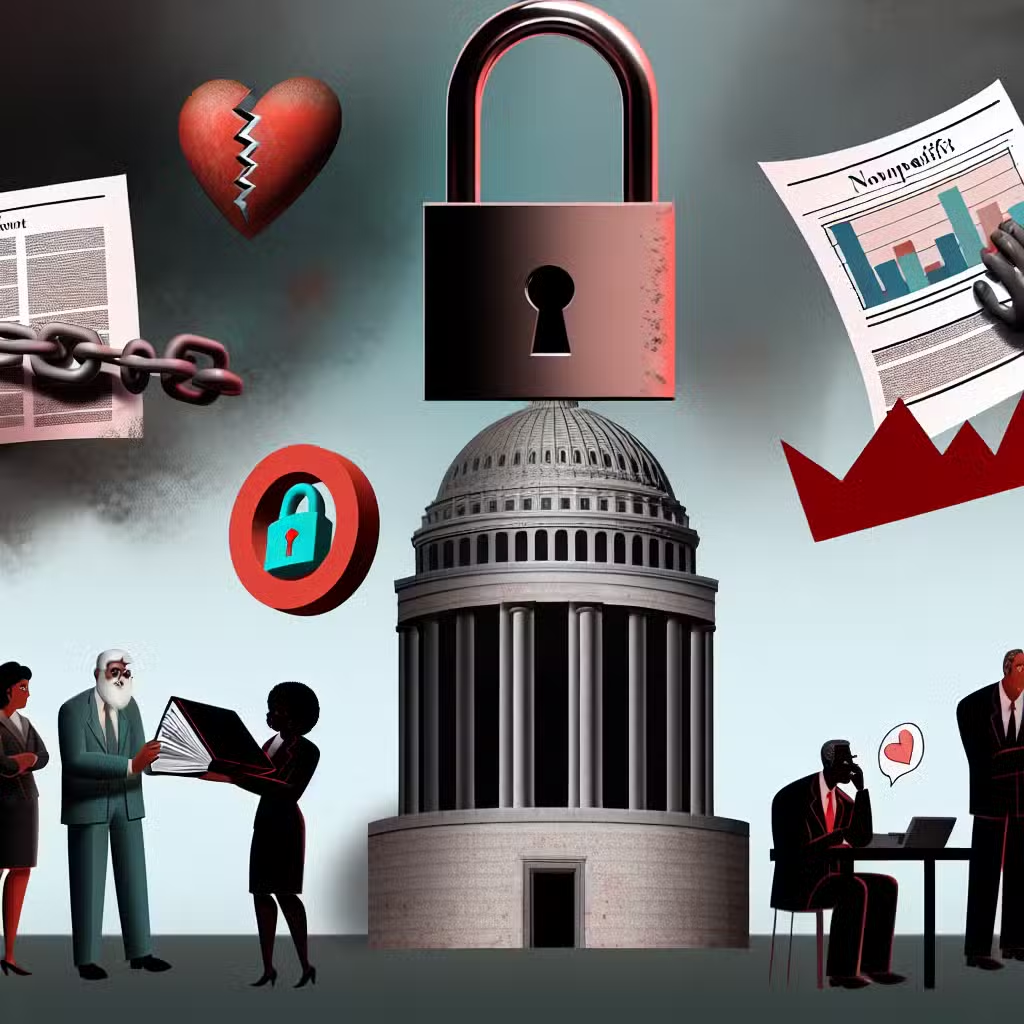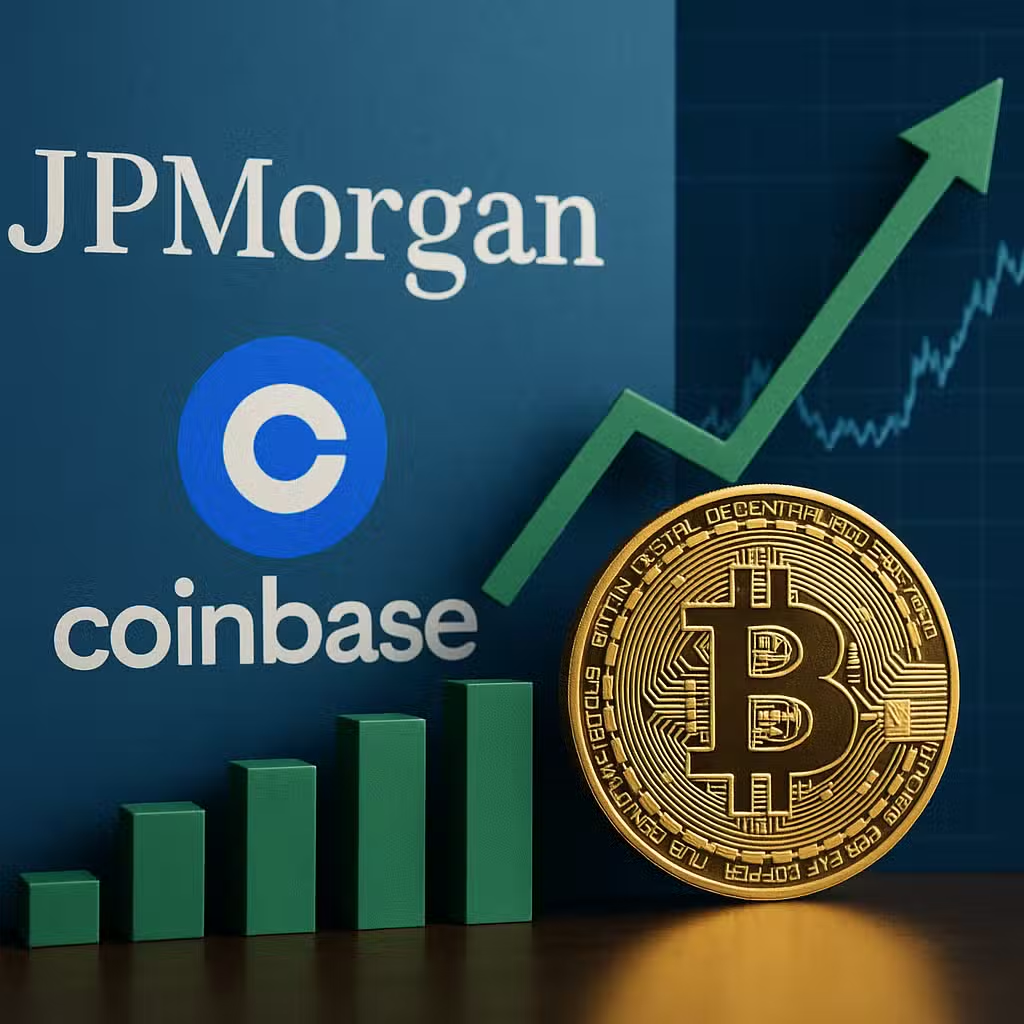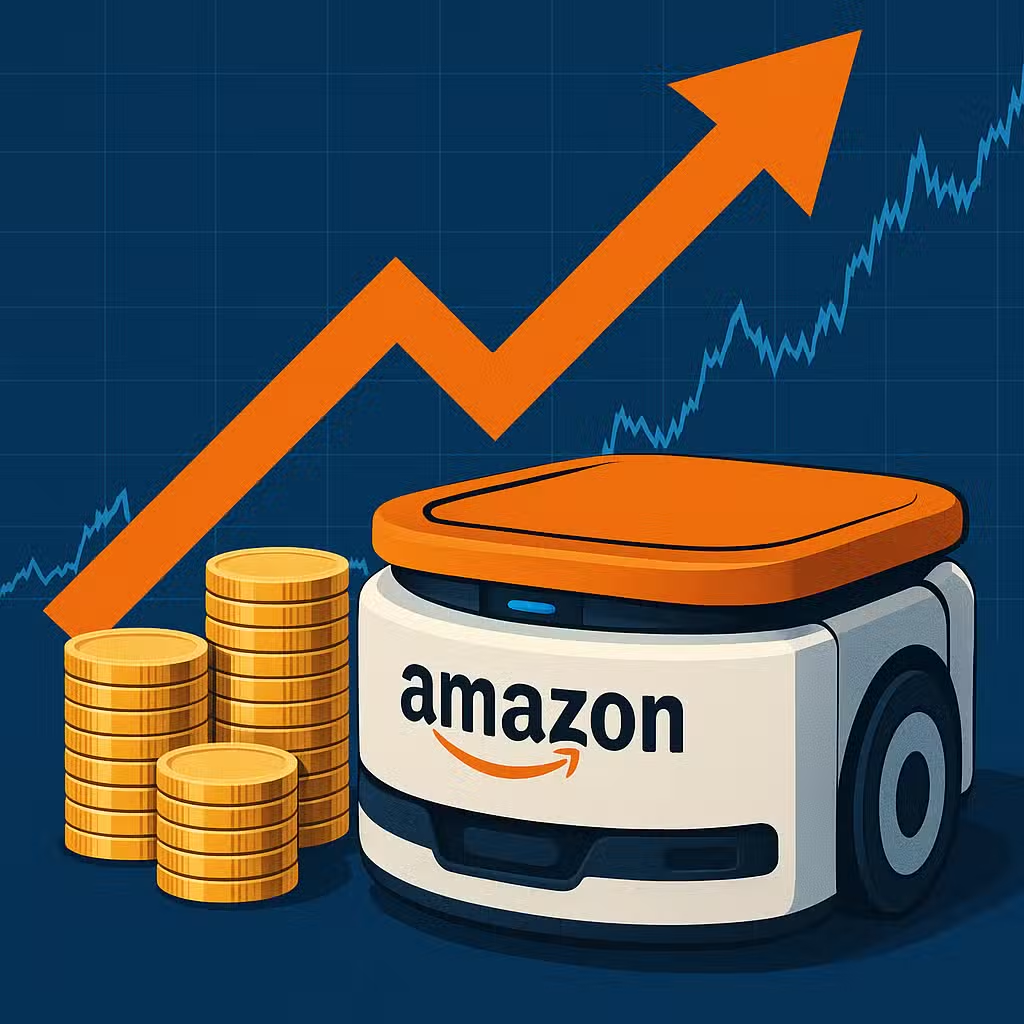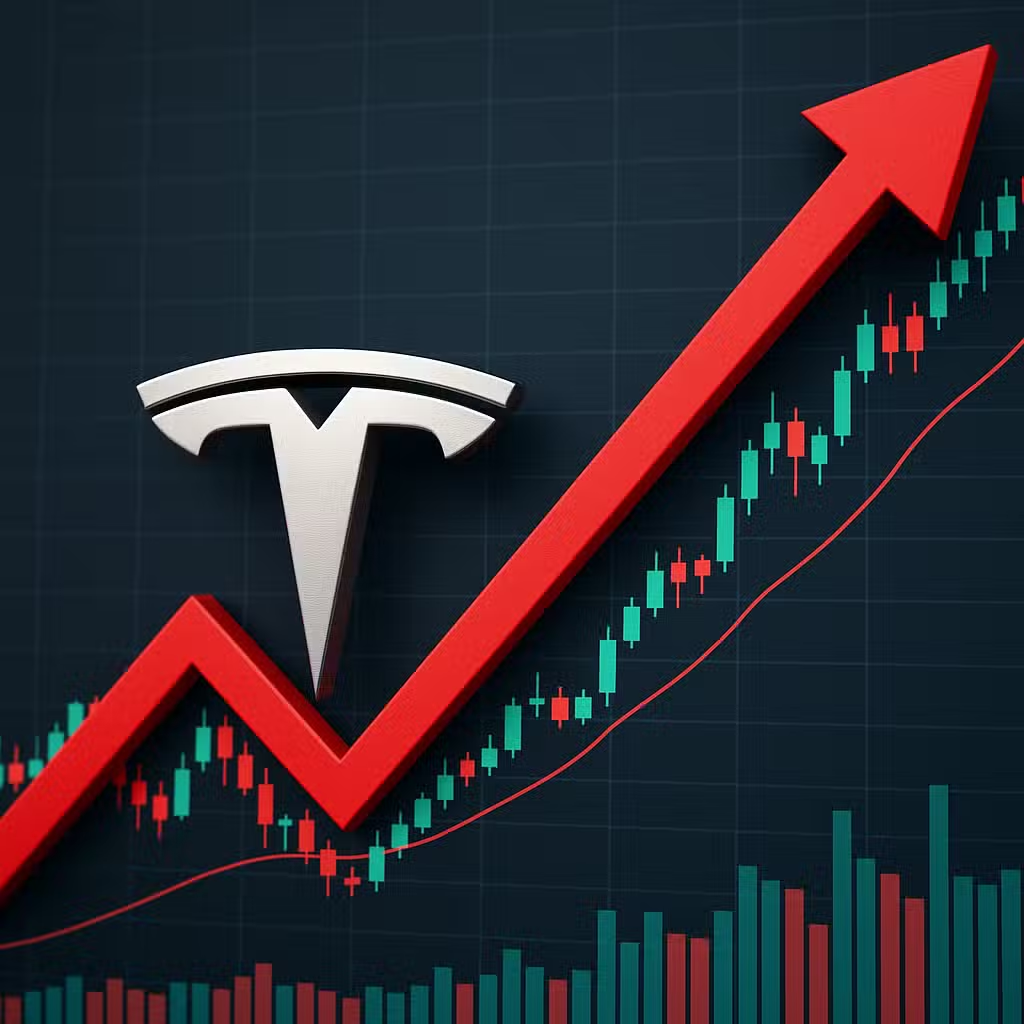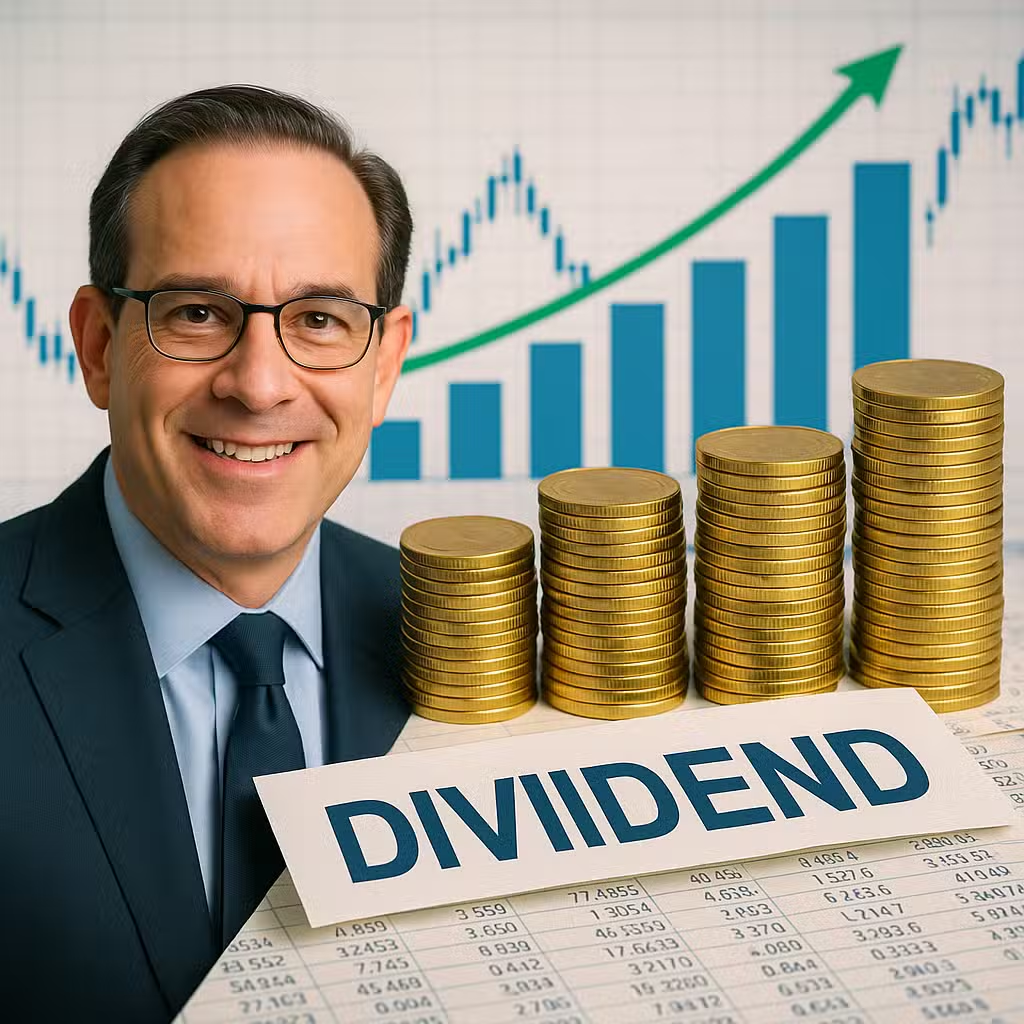Government Shutdown Threatens Nonprofit Funding, Raising Risks for Investors in Social Impact Sectors
Imagine if your neighborhood fire station suddenly ran out of money and had to stop sending out trucks—just when more houses needed help. That’s a bit like what’s happening to groups that help people in need during a government shutdown.
Why This Matters for Investors
When the government shuts down, it doesn’t just affect politicians in Washington. It hits communities, businesses, and even the stock market. Nonprofits, which often rely on government funding, are forced to pause or cut back services. This can ripple through the economy, hurting sectors that depend on consumer spending and stability.
For investors, this kind of uncertainty can make markets more volatile and affect companies that rely on government contracts or steady consumer demand. It’s like a domino effect that can knock down more than just government paychecks.
The Upsides (Bull Case)
- Resilience in Some Sectors: Some companies, like those in consumer staples (food, basic goods), may see steady demand as people focus on essentials.
- Potential Bargain Opportunities: If stocks drop because of shutdown fears, long-term investors might find good deals on strong companies.
- Nonprofits Show Adaptability: Many nonprofits and community groups find creative ways to keep helping, even when funding is tight.
The Downsides (Bear Case)
- Nonprofits Hit Hard: About 28% of nonprofit funding comes from the government, and 60% to 80% of them can’t cover costs without it, according to the Urban Institute.
- Services on Pause: Programs that help with food, housing, and transportation stop or slow down, leaving families in tough spots.
- Long-Term Damage: If workers are laid off or programs end, it’s hard for nonprofits to bounce back—even after the government reopens.
- Market Volatility: Investors may see more swings in the stock market as uncertainty grows.
Historical Perspective
This shutdown is now the second-longest in U.S. history. The longest, in 2018-2019, lasted 35 days and cost the U.S. economy an estimated $11 billion, according to a Congressional Budget Office report. These disruptions can lead to missed paychecks, lower spending, and even slow down GDP growth.
What Investors Should Watch
When government funding dries up, nonprofits are not the only ones who struggle. Companies that sell to the government, local businesses near federal workplaces, and even banks can feel the pinch. Investors should pay attention to:
- How long the shutdown lasts—longer shutdowns mean bigger impacts.
- Which sectors are most exposed to government contracts and community spending.
- Potential rebounds in stocks or sectors once the shutdown ends and normal activity resumes.
Investor Takeaway
- Stay Diversified: Don’t put all your eggs in one basket. Spread investments across different sectors to weather shutdown shocks.
- Look for Opportunities: Market dips from shutdown headlines can offer chances to buy solid companies at lower prices.
- Watch Consumer Staples: Companies that sell everyday essentials often hold up better when other sectors struggle.
- Monitor Nonprofit and Government-Focused Stocks: If a company relies on government contracts or grant funding, be extra cautious.
- Stay Calm: History shows markets usually recover after shutdowns. Don’t let short-term noise shake your long-term plan.
For the full original report, see CNBC

